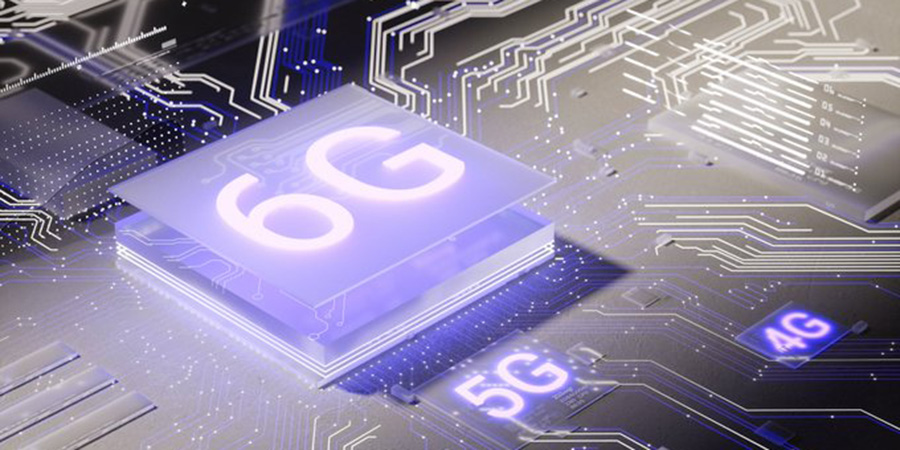The International Telecommunication Union (ITU) has published the framework for the development of standards and radio interface technologies for the sixth generation of mobile systems, popularly referred to as 6G.
The specifics of the 6G framework are outlined in Recommendation ITU-R M.2160, titled 'IMT-2030 Framework.' This recommendation was approved during the recent meeting of the ITU Radiocommunication Assembly (RA-23) in Dubai, United Arab Emirates.
ITU's Radiocommunication Sector (ITU-R) will now focus on defining technical requirements, the submission process, and the evaluation criteria for potential 6G radio interface technologies.
"Mobile communications are central to our efforts to ensure that everyone is meaningfully connected," said Doreen Bogdan-Martin, ITU Secretary-General. “By agreeing on a way forward regarding 6G, ITU Member States have taken an important step toward ensuring that technical progress is synonymous with affordability, security, and resilience — supporting sustainable development and digital transformation everywhere."
Global 6G Development
The ITU-R Recommendation represents significant progress in the development and implementation of globally-accepted standards for mobile systems using 6G. All the previous mobile telecommunication generations - analogue cellular (1G), digital cellular (2G), IMT ‑ 2000 (3G), IMT‑ Advanced (4G), and IMT ‑ 2020 (5G) - were also standardized through ITU.
"Terrestrial wireless systems to be developed under IMT-2030 are expected to drive the next wave of innovative radiocommunication systems, promote digital equity and advance universal connectivity," said Mario Maniewicz, Director of the ITU Radiocommunication Bureau. "The publication of the Recommendation on future 6G mobile technologies is a testament to ITU's longstanding multi-stakeholder approach, which ensures the development of globally accepted technical and regulatory solutions."
For the next phase of 6G development, companies and industry associations will submit proposals for the IMT-2030 Radio Interface Technology (RIT) for ITU-R consideration in early 2027.
The IMT-2030 Framework Recommendation identifies 15 capabilities for 6G technology. Nine of those capabilities are derived from existing 5G systems.
IMT-2030 is also expected to help address the need for increased environmental, social and economic sustainability, and also support the goals of the Paris Agreement of the United Nations Framework Convention on Climate Change.
Expected usage scenarios for 6G include:
- Immersive communication to provide a rich and interactive video experience for users.
- Hyper-reliable and low-latency communication to enable the scaling of intelligent industrial applications including telemedicine and management of energy and power grids.
- Enhanced ubiquitous connectivity, especially in rural, remote and sparsely populated areas with the aim of bridging the digital divide.
- Massive communication to include expanded use of Internet of Things (IoT) devices and applications in smart cities, intelligent transport systems and sectors such as health, agriculture, energy and environmental monitoring.
- Artificial intelligence (AI) and communications to support AI-powered applications.
- Integrated multi-dimensional sensing to improve assisted navigation, and high-precision positioning; including object and presence detection, localization, imaging and mapping.
6G: Reshaping Mobile Communication
This notable achievement by the International Telecommunication Union (ITU) in advancing the development of 6G through the IMT-2030 framework signifies a pivotal milestone in the evolution of mobile communication systems. The framework not only lays out essential standards but also provides a structured approach to radio interface technologies for the upcoming sixth generation.
The focus of the ITU's Radiocommunication Sector (ITU-R) on delineating technical requirements, streamlining submission processes, and establishing rigorous evaluation criteria for potential 6G radio interface technologies underscores a commitment to fostering innovation and ensuring the seamless integration of advanced mobile technologies. This dedicated effort serves as a cornerstone in the collaborative global endeavor to shape the future of mobile communication.
As the ITU-R Recommendation takes shape, it not only reflects the collective progress achieved in 6G development but also paves the way for a harmonized and universally accepted set of standards. The establishment of such standards is paramount for facilitating interoperability, promoting technological convergence, and fostering a cohesive global ecosystem for 6G-enabled mobile systems.





